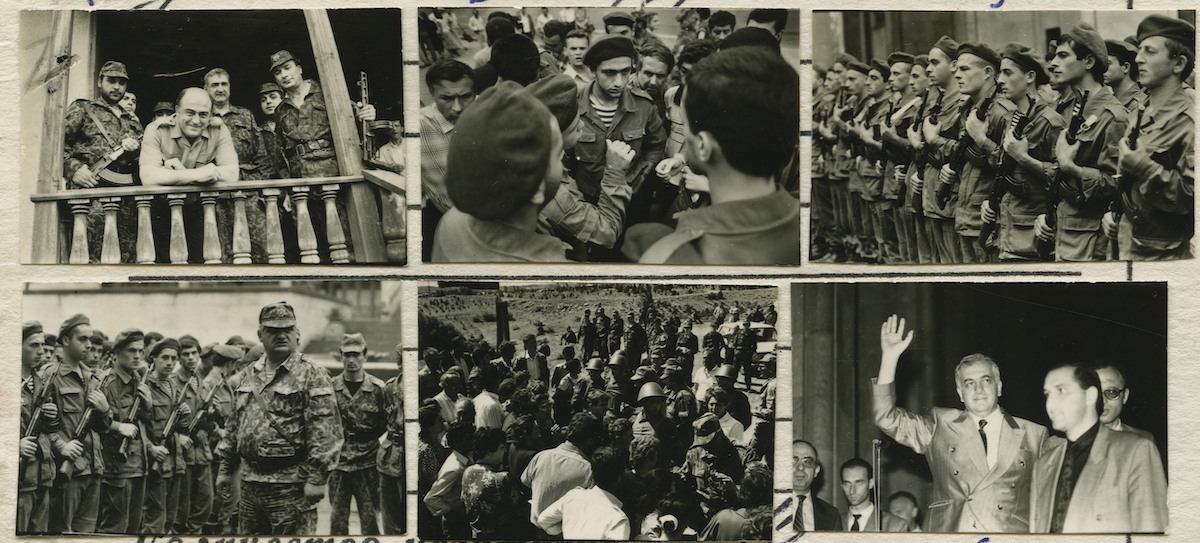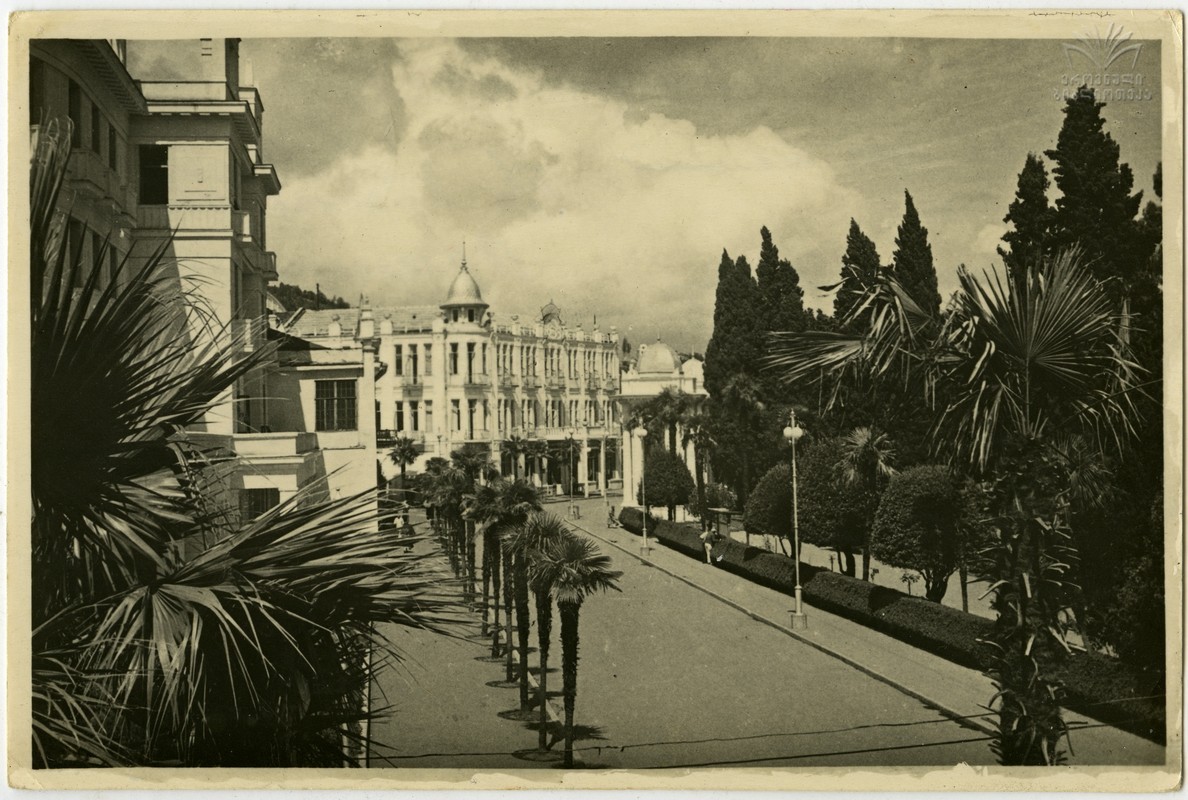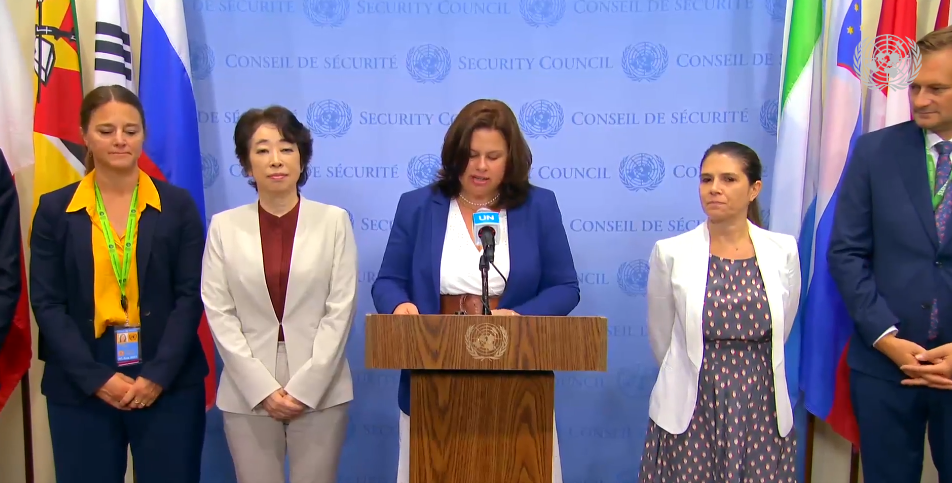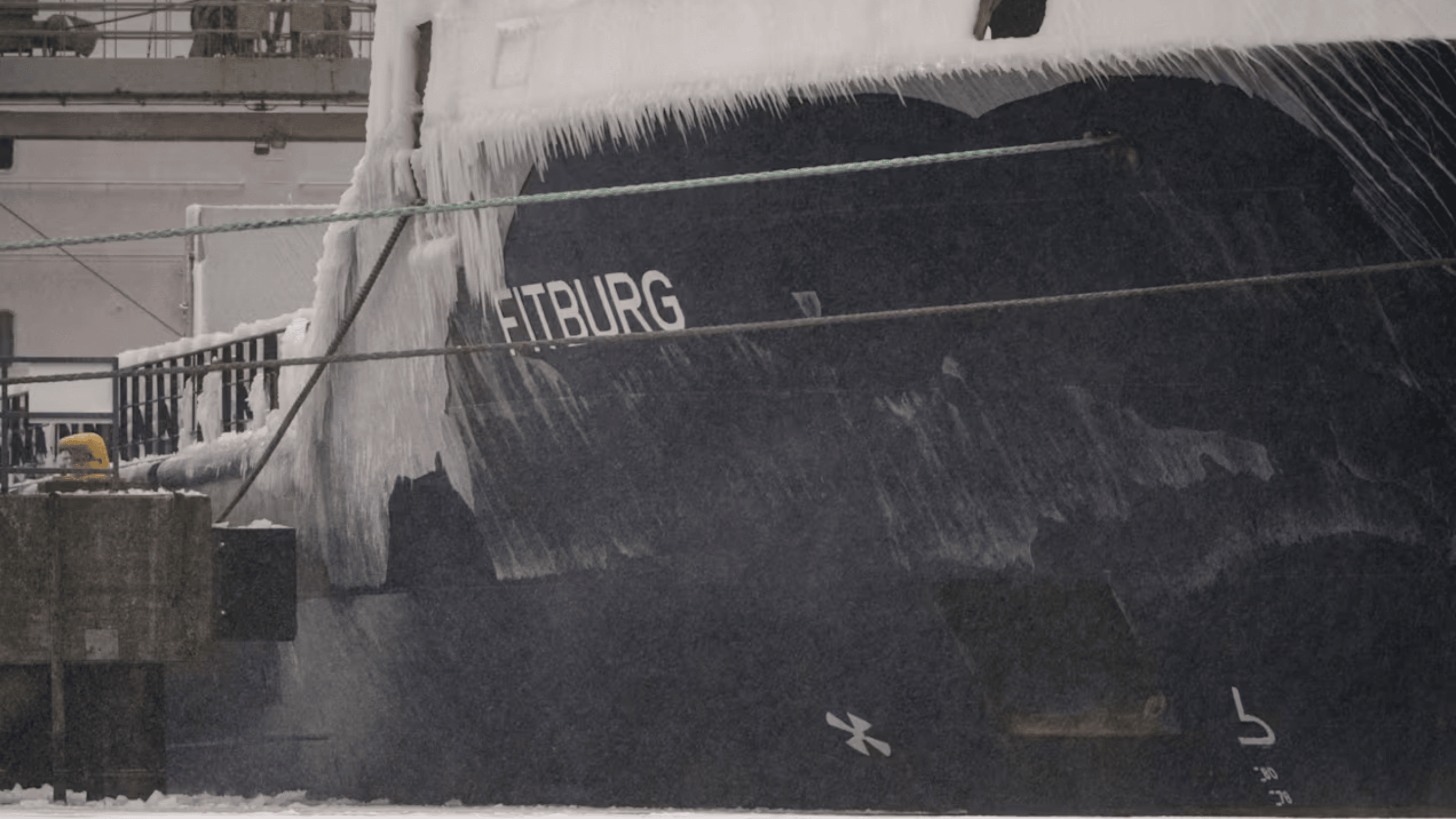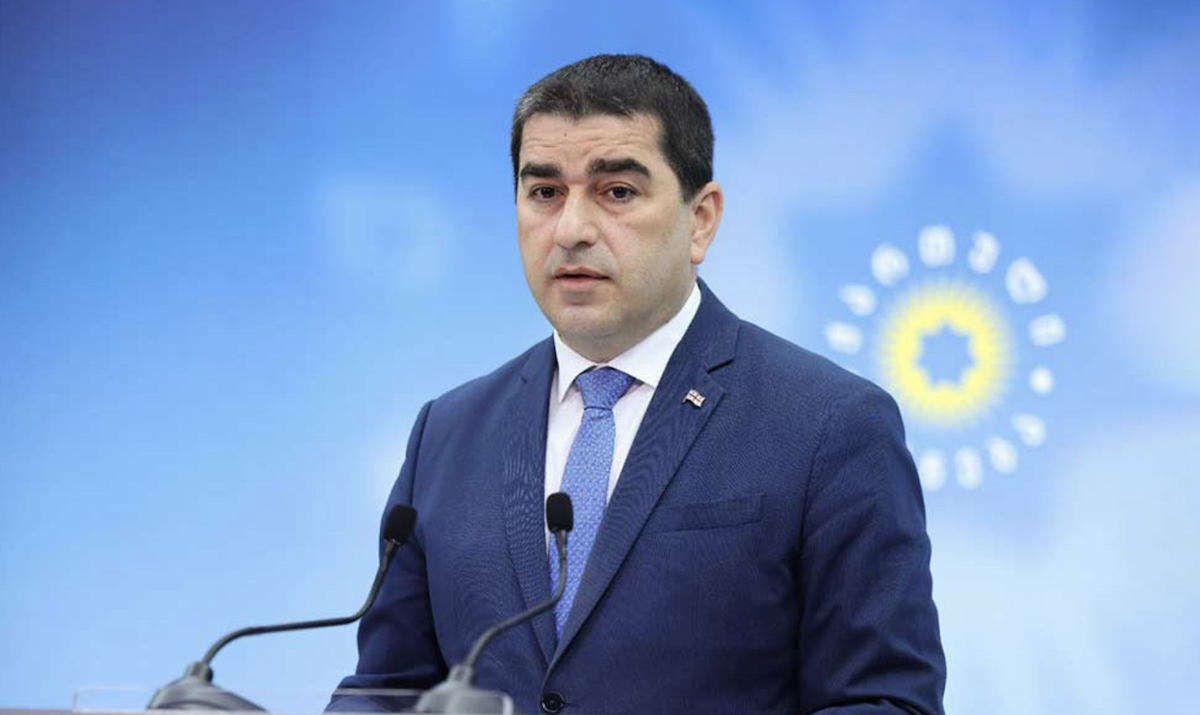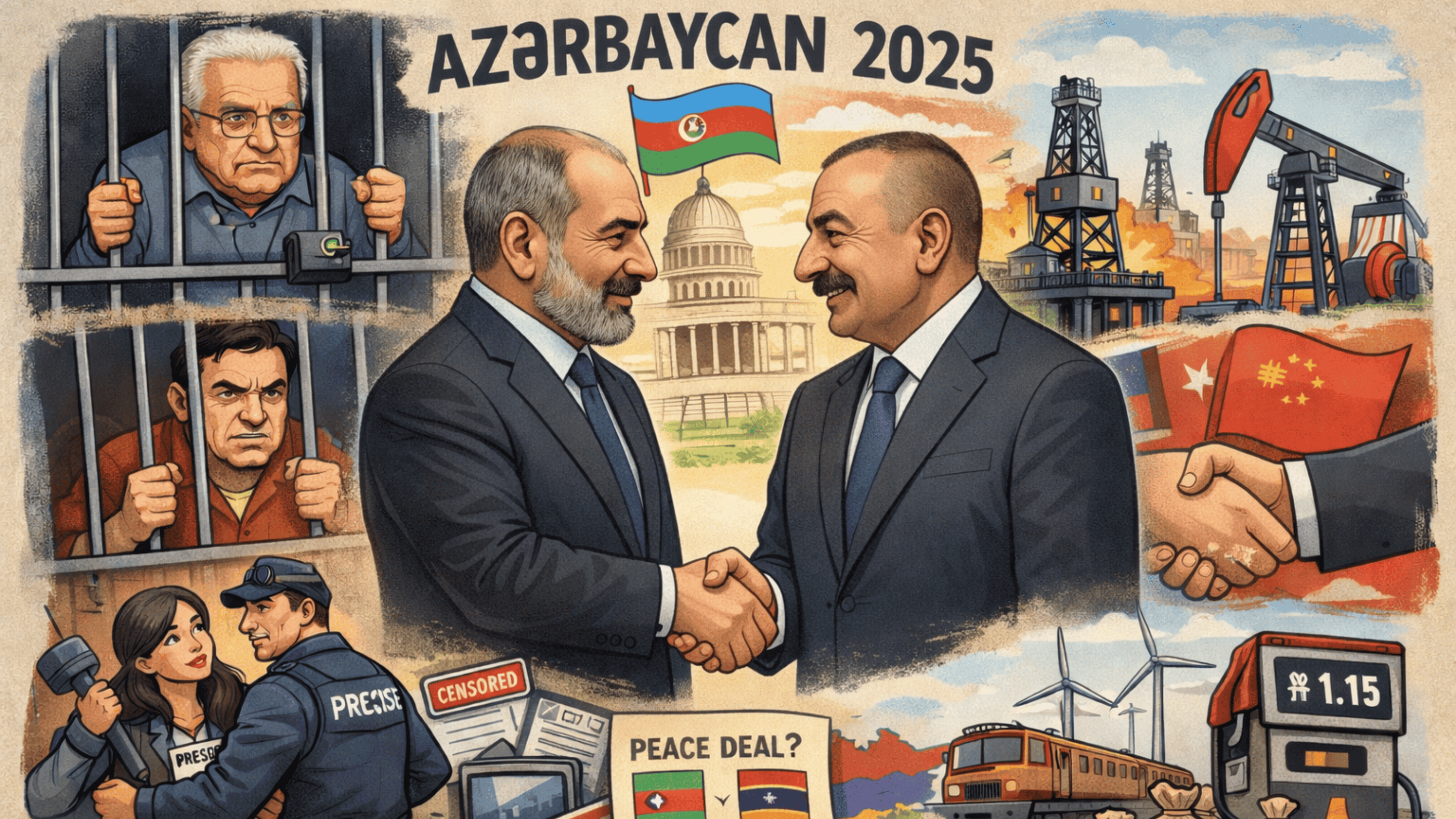‘Victims of the global reshaping of the world’: opinion on the causes and outcomes of the 1992–93 Georgian-Abkhaz war
Goals and outcomes of the Georgian-Abkhaz war
On 14 August, Abkhazia commemorated the victims of the Georgian-Abkhaz war, which began on that day in 1992. The war ended in 1993 with Georgia’s defeat, but the conflict remains unresolved.
The authors of the Telegram channel Abkhazia-Centre analyse what they see as the goals pursued by each side at the time and conclude that both became victims of the global reshaping of the world.
Circumstances and objectives of the parties as of 14 August 1992
Georgian side:
A coup had taken place, leaving the new authorities without legitimacy, and armed clashes were under way between supporters of ousted president Zviad Gamsakhurdia and forces backing the coup.
Eduard Shevardnadze was looking for a way to shift public attention from internal confrontation to another issue.
Outcome: The goal was only partly achieved. Shevardnadze managed to stay in power at the cost of civilian lives, chaos and upheaval.
Abkhaz side:
A set of actions aimed at seceding from Georgia. The inability to achieve legal separation from Georgia by democratic means, and an effort to alter the ethnic balance in their favour.
Outcome: The goals were only partly achieved. Abkhazia is now fully dependent on Russia, economically backward and in a state of civilisational self-isolation. In the 32 years since, none of the pressing issues of that time – the status of the native language, demographics, the ability to independently decide matters of state, and so on – have been resolved.
Russia:
To create tools for exerting pressure on Georgia, the first state to declare its exit from the USSR, refuse to join the CIS and call for the withdrawal of Russian troops. To establish a buffer zone along Russia’s southern border and maintain a managed conflict in which Moscow could present itself as mediator and peacekeeper, placing both sides in a position of dependence. To deploy armed forces with legal status and the consent of both warring sides.
Outcome: The goals were achieved only partly and for a short time. Georgia was brought into the CIS, Russian military bases were legalised, and several pro-Russian leaders were installed. But within 12 years the bases were closed, and within 15 years Georgia withdrew from the CIS. The war in Abkhazia left Georgians viewing Russia exclusively in a negative light.
The conflict also became a catalyst for major wars in the North Caucasus, shaking the very foundations of the Russian state. The blocking of transport links harmed Russia’s economic interests, and the Russian-speaking population of Abkhazia dwindled to a minimum.
United States:
To distance the South Caucasus from Russia, create conflict zones along strategic transport routes (Abkhazia and South Ossetia), revert to the 19th-century route via Upper Lars, and ensure Russia is seen solely as an aggressor and occupier.
Outcome: The goals were fully achieved.
Conclusion
The Abkhaz and Georgian sides became victims of the global reshaping of the world and the geopolitical shifts of the late 20th century.
Toponyms, terminology, views and opinions expressed by the author are theirs alone and do not necessarily reflect the views and opinions of JAMnews or any employees thereof. JAMnews reserves the right to delete comments it considers to be offensive, inflammatory, threatening or otherwise unacceptable.
News in Abkhazia










